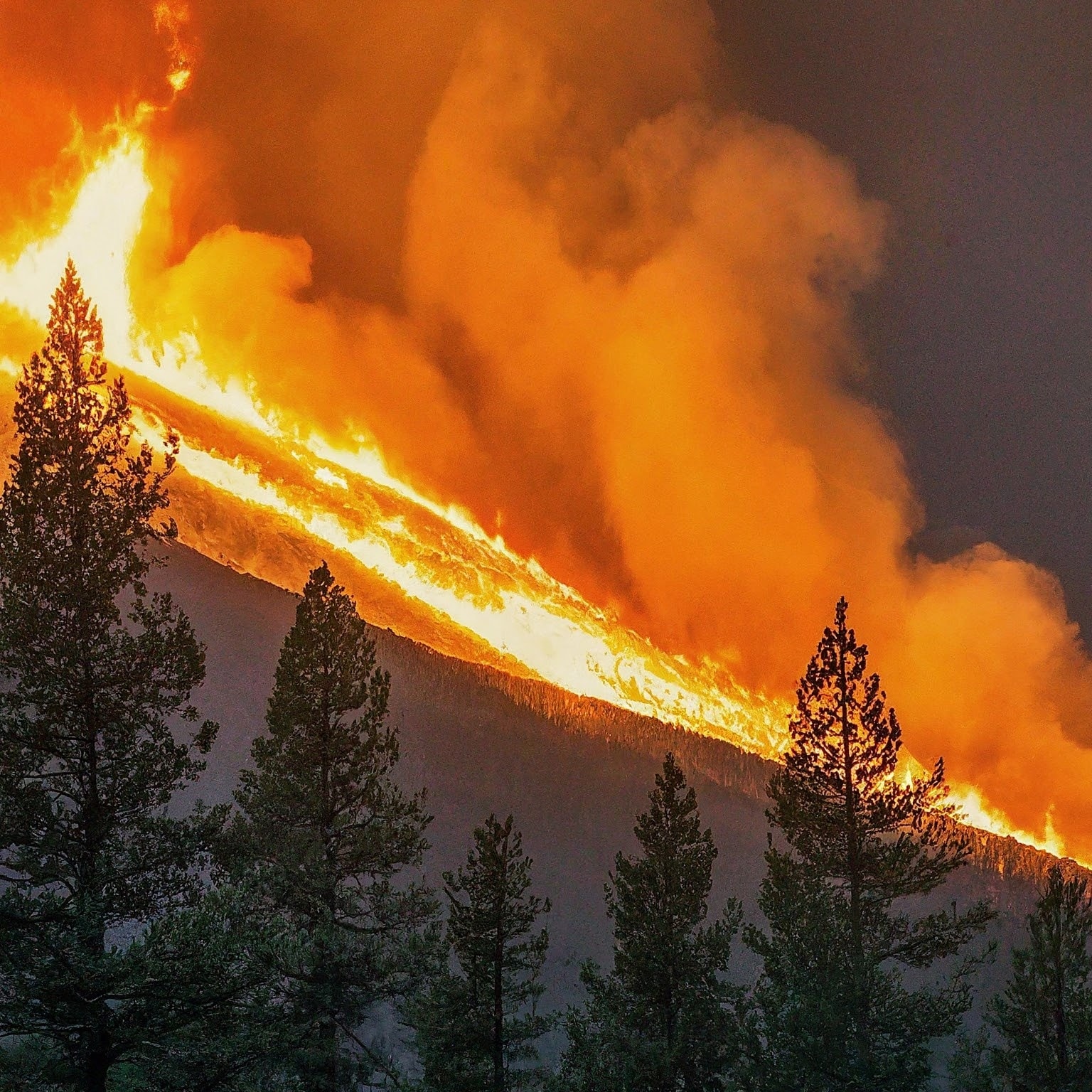The 2024 Atlantic hurricane season is likely to be destructive and costly and could be one of the busiest on record.
That’s the consensus of at least four major forecasting services, all of which point to conditions in the tropical Pacific and Atlantic hurricane formation zone that are ripe for tropical storm harvest.
The latest to join the chorus were the meteorologists who assembled the outlook for the Weather Channel. On Thursday, they called for 24 named storms, those with winds of 39 mph or higher, and 11 hurricanes, with winds of at least 74 mph. Six of those are forecast to be “major” hurricanes, with peak winds of 111 mph or higher.
The long-term averages are 14 named storms and seven hurricanes, with three of those major.
The Weather Channel outlook has a copy-and-paste similarity to forecasts issued in the last few weeks by AccuWeather Inc., the Colorado State University Tropical Meteorology Project, and Tropical Storm Risk, a British firm.
Record-high sea-surface temperatures have persisted in the Atlantic hurricane spawning grounds, and as of Thursday, they were running several degrees above normal levels, according to NOAA data.
Human-caused climate change is certainly a factor, with natural variability likely a contributor—and cleaner air, researchers say. Amy Clement, a professor and researcher at the University of Miami’s School of Marine, Atmospheric, and Earth Science, is among those who have noted that erasing veils of pollutants has enhanced the amount of solar energy reaching the surface.
“While, obviously, cleaning up the air is a good thing,” said Colorado State hurricane specialist Philip Klotzbach, “it has likely helped fuel the more active Atlantic hurricane seasons that we’ve seen in recent years.”
Heat is fuel for hurricanes. The Atlantic was quite warm last season, also. Still, conditions of the Pacific may have had some mitigating effects, and the tropical storm season, although active in terms of raw storm numbers, wasn’t especially ferocious. A cooldown in the Pacific could boost hurricane traffic.
The evolving state of the tropical Pacific will end up constituting the biggest difference between the 2023 and 2024 seasons, forecasters say.
The El Niño warming, which covered a vast expanse of the equatorial Pacific and typically generates west-to-east upper-air winds that had a shearing effect on would-be tropical storms in the Atlantic Basin, is waning.
The government’s Climate Prediction Center says its mirror-opposite, a La Niña cooling, is likely to develop in time for the peak hurricane season. La Niña tends to dampen the shearing winds.
















